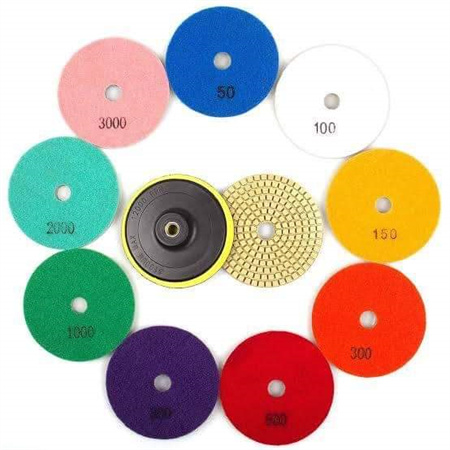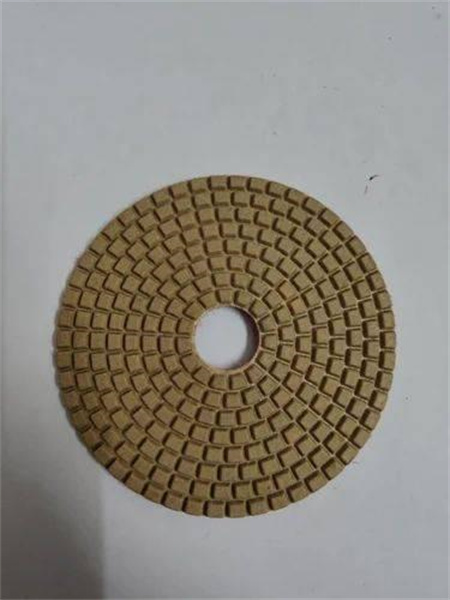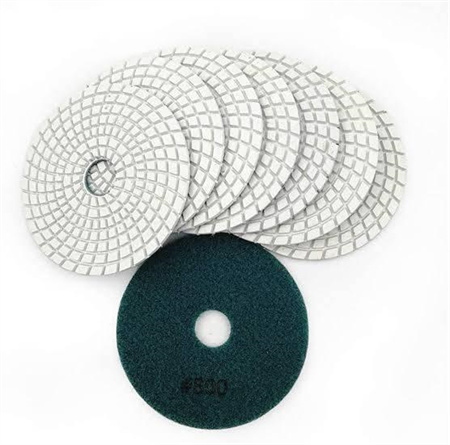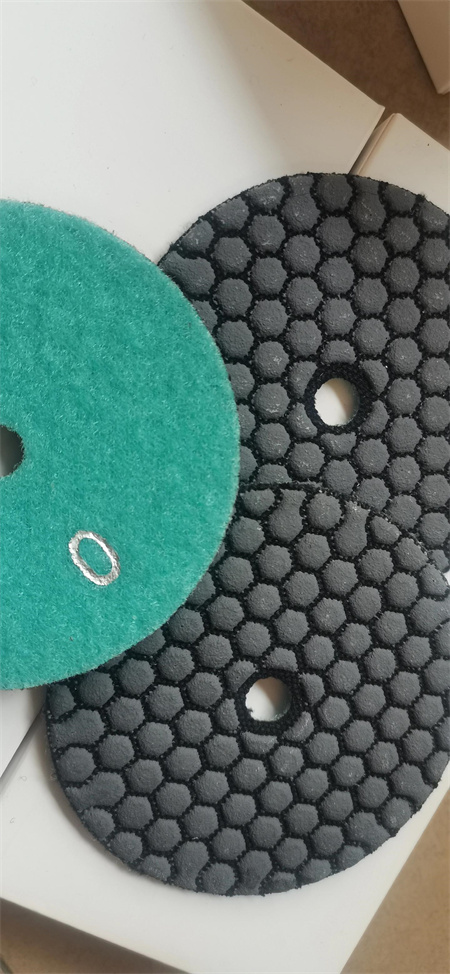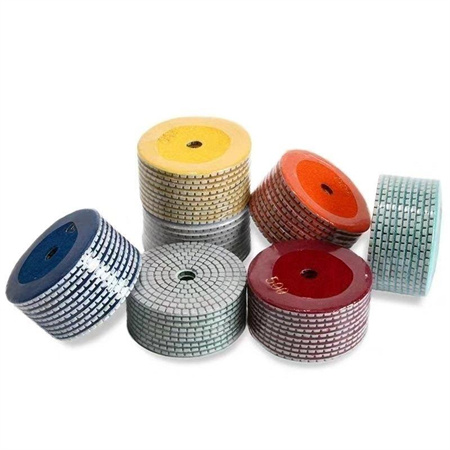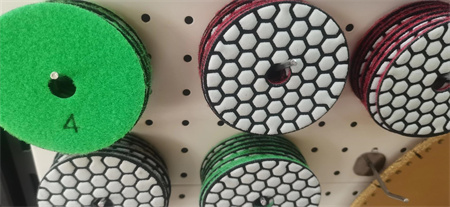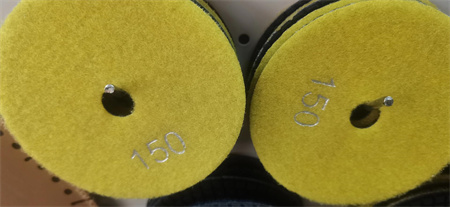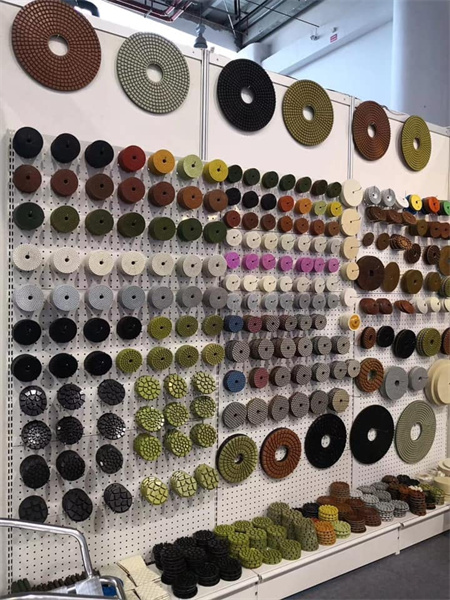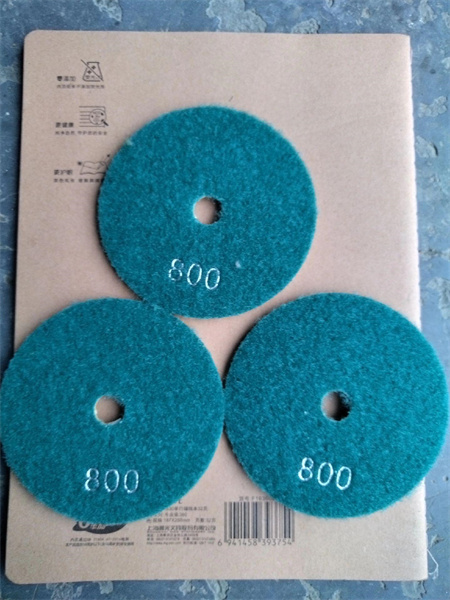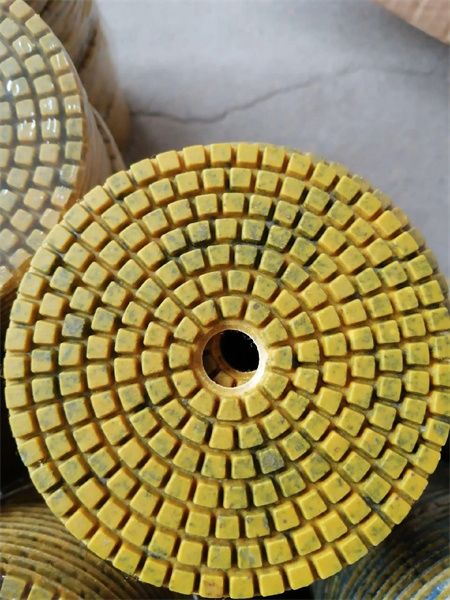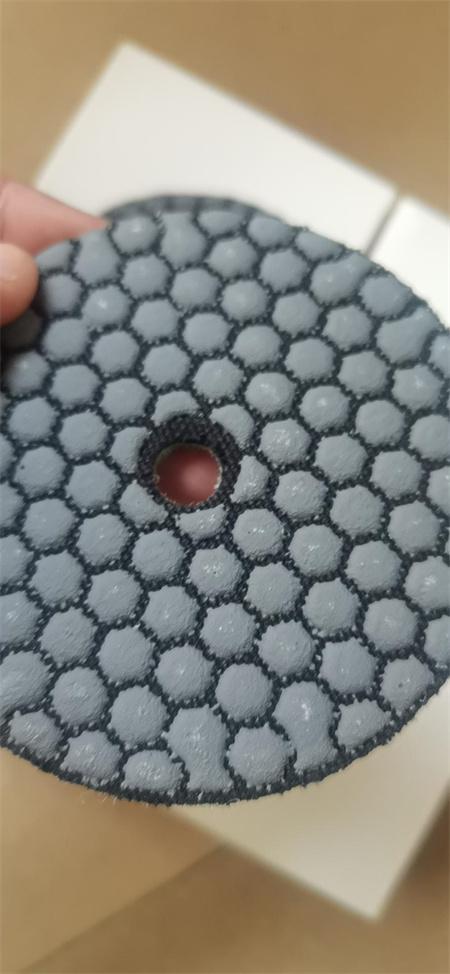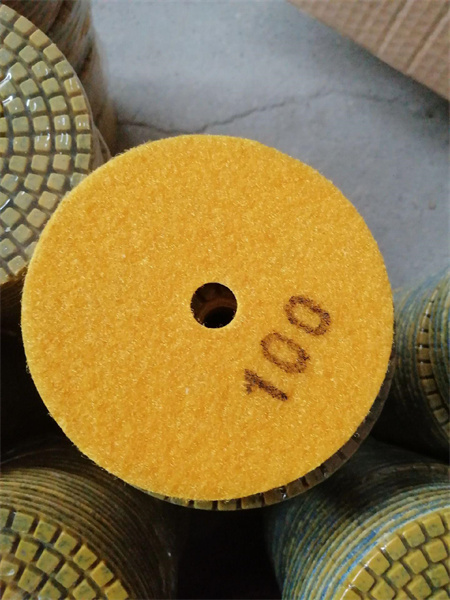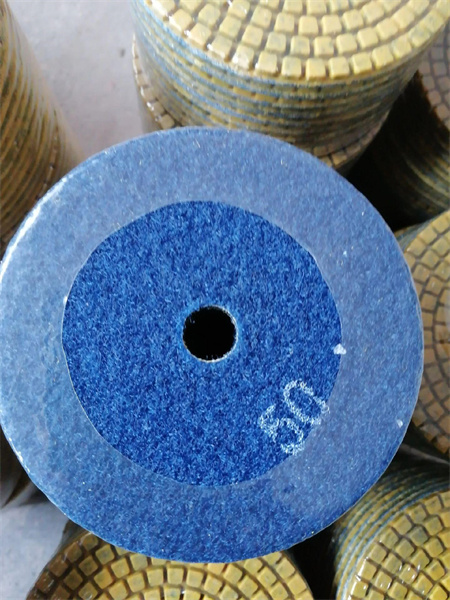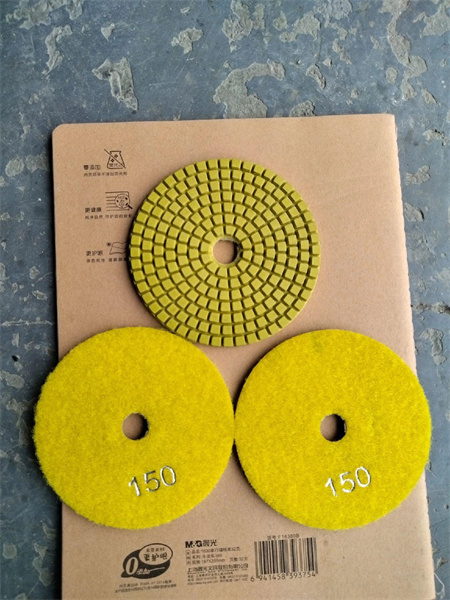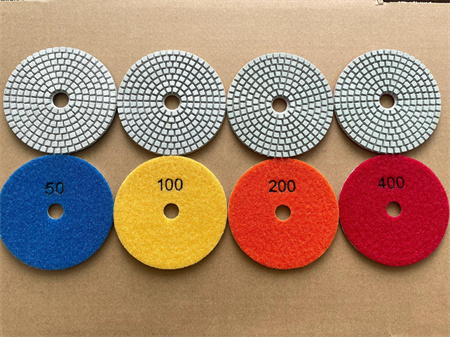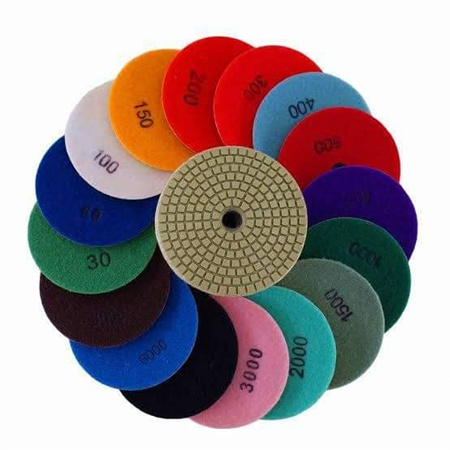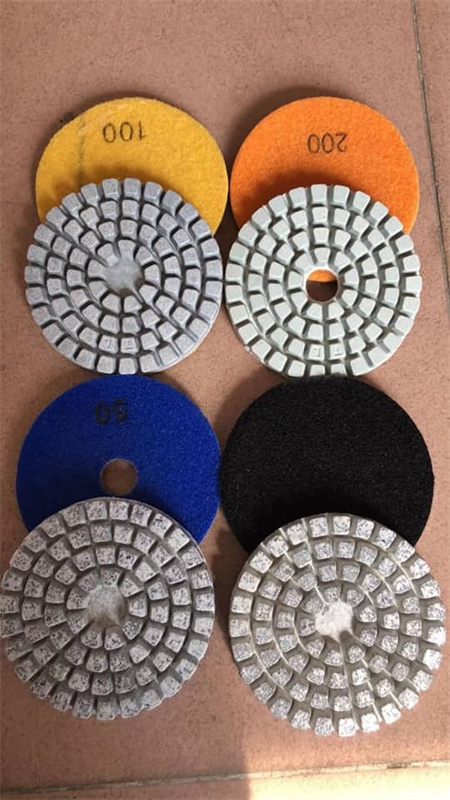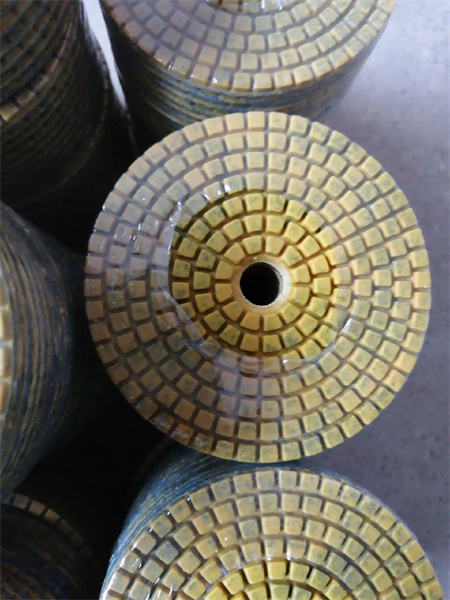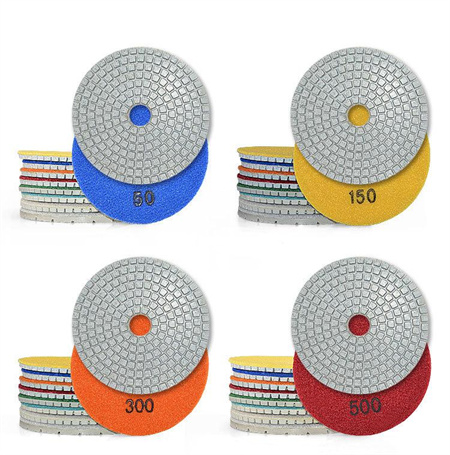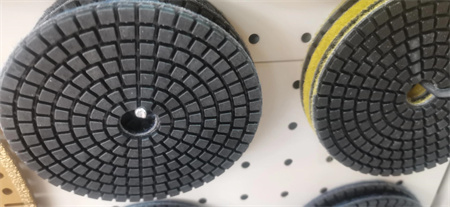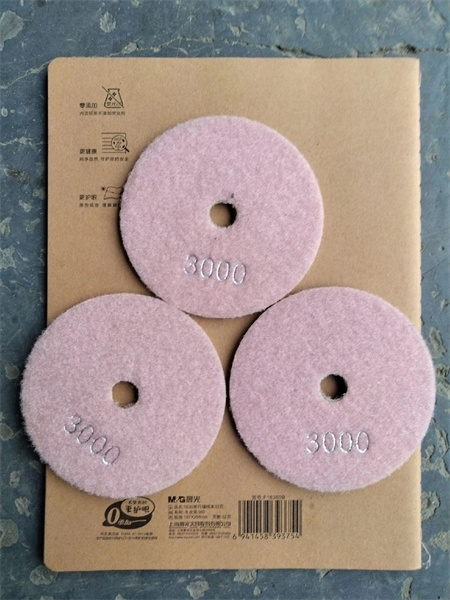Title: Diamond Polish Pad Supplier for Terrazzo Floor Restoration Companies
When it comes to terrazzo floor restoration, quality tools are key to achieving a flawless finish. Among the most crucial tools in the industry are diamond polish pads. These pads play an essential role in restoring terrazzo floors to their former glory, offering superior results for both professionals and homeowners. As a supplier of high-performance diamond polish pads, we understand the importance of offering products that provide durability, efficiency, and outstanding results.
Terrazzo floors are known for their beauty and longevity, but over time, wear and tear can dull their surface. Whether it’s from foot traffic, spills, or simply the passage of time, terrazzo floors can lose their original luster. This is where diamond polishing pads come in. By using diamond abrasives, these pads gently grind and polish the floor surface, bringing back its shine without causing damage.
What sets high-quality diamond pads apart from others is the material they are made from. Diamond pads use industrial-grade diamonds, which are incredibly durable and effective at cutting through tough surfaces. For terrazzo restoration companies, having access to such reliable tools is indispensable. The right diamond pads not only save time but also ensure a more consistent and smooth finish across the entire floor. With various grit options, the pads allow for precise control over the polishing process, enabling companies to meet the unique needs of each project.
As a supplier, we focus on providing diamond polish pads that cater to the specific demands of terrazzo floor restoration. Our products are designed for longevity, ensuring that terrazzo restoration professionals can rely on them for multiple projects without compromising performance. Whether you’re working on a small residential terrazzo floor or handling large commercial spaces, our pads are versatile enough to tackle any job.
Beyond the quality of the pads themselves, our customer service is a standout feature. We aim to create long-term relationships with terrazzo restoration companies, offering fast delivery, competitive prices, and expert guidance to ensure you’re always equipped with the best tools for the job. We know that your success relies on using the right products, which is why we are committed to providing the most reliable and cost-effective diamond polish pads on the market.
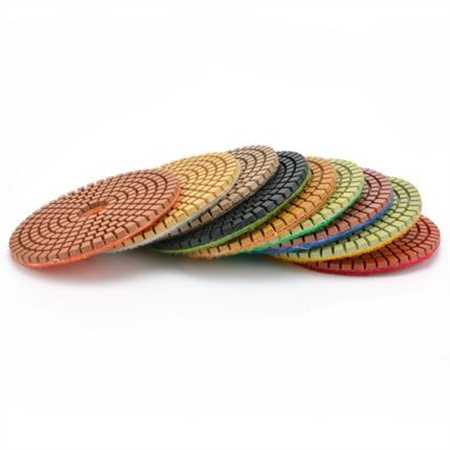
In the competitive world of terrazzo floor restoration, having the right tools can make all the difference. Our diamond polish pads help ensure that your work stands out for its precision and shine. With our high-quality pads, terrazzo restoration companies can confidently offer customers floors that look as beautiful as the day they were installed.
